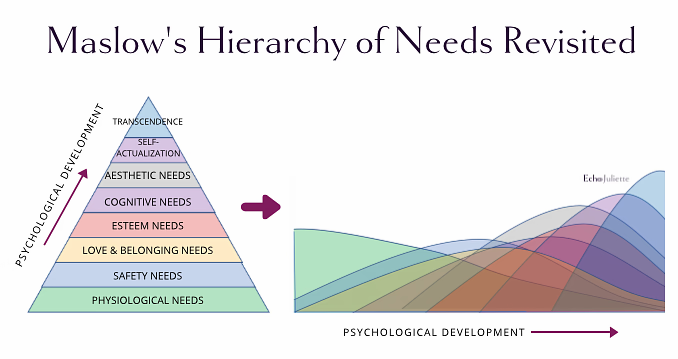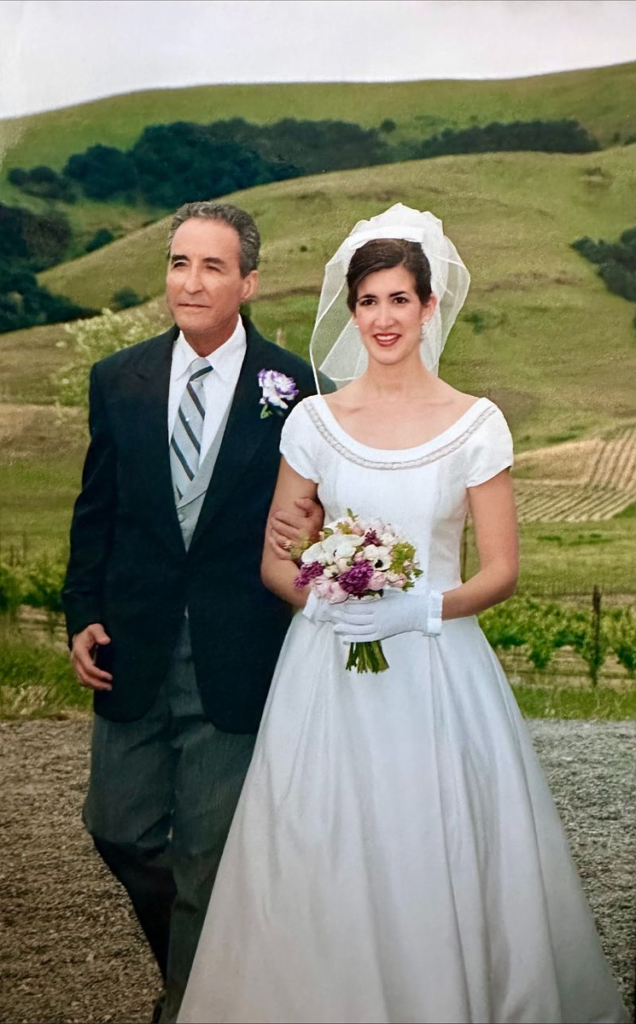Over the last two decades of work I can easily name dozens of colleagues that I have loved.
Not in the superficial “I love that guy” sense and not in an inappropriately romantic way, but where I was able to deeply connect with who they were and truly love their whole, unique, and sometimes difficult selves.
I know, you’re thinking that I mean “admire and respect” them, but I don’t. I mean drawn to them in a way where I wanted the best for them and cared deeply about their personal fulfillment.
I have laughed and cried next to them at retirement parties, leaving do’s, weddings, and funerals.
I have sat with them in hotel lobby bars until the wee hours hashing through the world’s most significant challenges (or our own personal ones.)
I have taken their “do you have a few minutes?” texts long after we stopped working together and even in the middle of a busy day.


It was only recently that I learned not everyone has this experience with their co-workers.
Ted Lasso had that with Rebecca, Rebecca had it with Keeley. Someone I never worked with told me those Lasso relationships weren’t realistic and others at the table agreed. I was stunned.
I honestly thought everyone had that with at least some of their co-workers.
Regardless of their gender or their level in the organization, across nationalities, religions, skin color, ages, and languages, I have been blessed with colleagues who were willing to forge this mutually beneficial bond with me.
Now that I know worklove is rarer than I thought it means even more to me.
As a Valentine’s Day gift to you, I want to share how I found worklove.
First, we had a common purpose that united us – we were aligned around something that we were both passionate about seeing happen in our organization. We were on the same team and put the team’s goals first.
Second, we created vulnerability based-trust. I talked about Trust in Issue #10 so I won’t repeat it here, but this is foundational.
Third, we pushed each other — disagreeing, conflicting, even flaring tempers at times, but always using that embedded trust to return to our common purpose. I am even closer with the people that I had run-ins with than I am with the ones who were always agreeable.
Finally, we were grounded in humanity. We respected each other’s privacy and personal lives but embraced work-life integration. No matter what, we tried not to disappoint each other.
This Valentine’s Day I am grateful for the worklove I have had in my life and all the people who have shared it with me.
I wish you some love today, in whatever form you can find it.
From the Executive Maven Toolkit
If you’ve known me more than a day you have heard me mention Maslow’s Hierarchy of Needs. It is a foundational framework of psychological development that I believe underpins our performance at work.
There are two things that not everyone knows about this model – first, Maslow never intended it to be represented as a pyramid where each layer builds on the prior and second, Maslow later added two additional layers to his model – aesthetic and transcendence – as shown below.
I have always felt that Maslow’s model is more fluid and that we ebb and flow through the layers over time, for example, sometimes we may need physiological comfort more than love and sometimes we may need love more than cognitive stimulation.


From Elizabeth on LinkedIn
My most popular post over the last month, actually, I think of all time, was about another love of my life – my anointed father, David, who right now is comfortably living out his final days on earth.
I created a virtual birthday card for his 96th birthday sharing some of the many lessons that I have learned from being a part of his family the last 30 years, which you can read here.


Research and Expert Resources
Last year Gallup released research on the importance of having a best friend at work for the third year in a row.
“Having a best friend at work helps even the most remote worker stay engaged and committed, fueling them to go the extra mile no matter what challenges arise.”
Gallup’s research shows that employees who have a best friend at work are significantly more likely to:
- engage customers and internal partners
- get more done in less time
- support a safe workplace with fewer accidents and reliability concerns
- innovate and share ideas
- have fun while at work
- recommend their company as a great place to work


Links and Resources
If you’re looking to build a team that transcends high performance to achieve deeply connected excellence, we should really chat — I’ve been doing it for two decades and it is my superpower.
